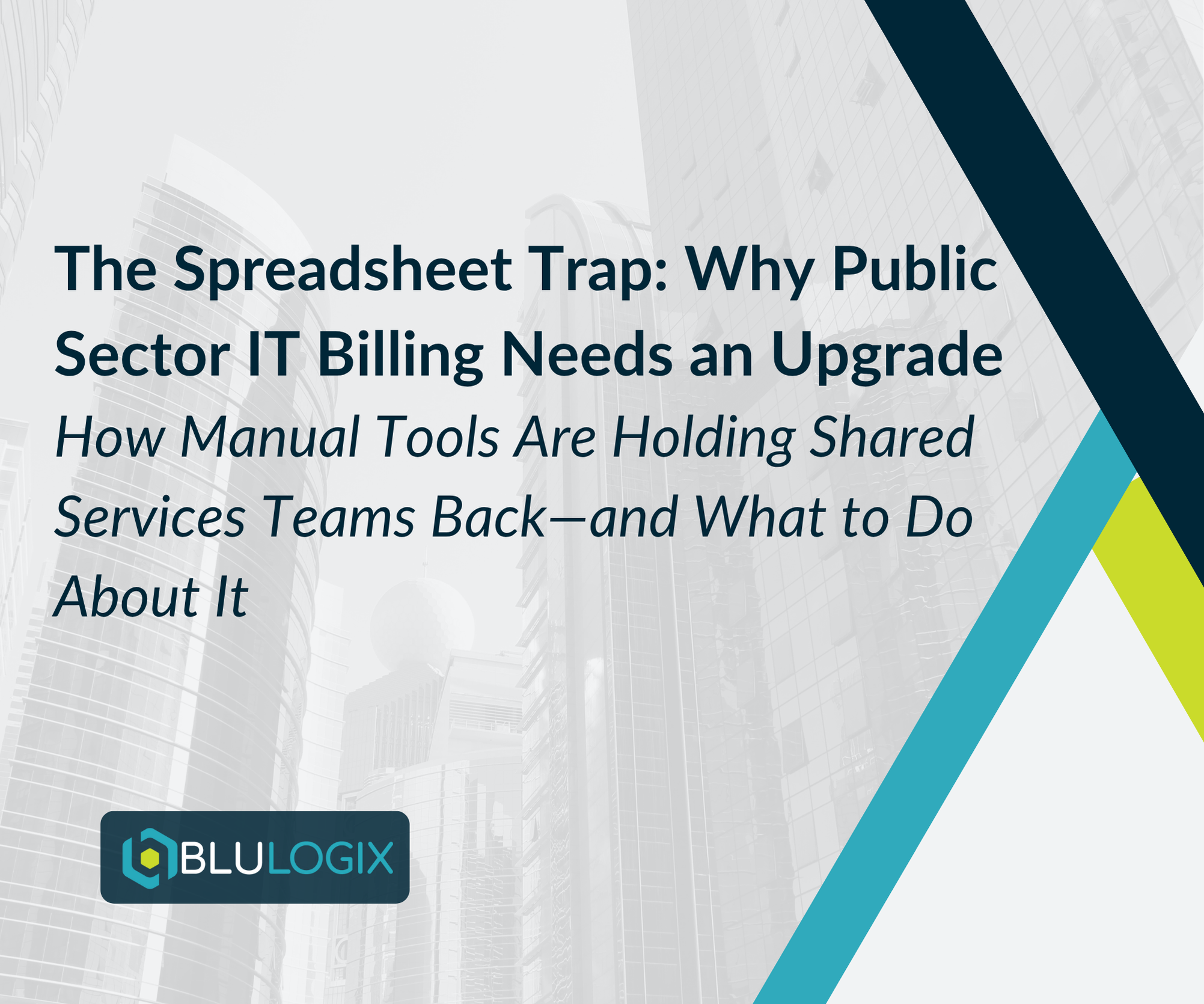Unlocking Success: A Guide to Implementing Subscription Billing Software
Subscription billing software has become the backbone of modern businesses, offering predictable revenue streams and improved customer relationships. However, successful implementation requires careful planning and execution. In this blog post, we’ll explore the essential elements that make subscription billing software successful, outline the steps to a successful implementation, and provide insights on avoiding common pitfalls.
Take your business further with BluIQ’s flexible, scalable, enterprise-grade intelligent billing solutions.
What Makes Subscription Billing Software Successful
- Flexibility and Customization: Successful subscription billing software offers flexibility in pricing models, accommodating various billing structures, such as one-time charges, recurring fees, tiered pricing, and usage-based billing. It should adapt to your business’s unique needs.
- Automation: Efficiency is key. Effective software automates billing processes, reducing human errors and saving valuable time. It should handle tasks like invoice generation, payment processing, and subscription renewals seamlessly.
- Integration Capabilities: Siloed systems can lead to inefficiencies. A top-notch subscription billing solution integrates smoothly with other essential tools, including CRM, ERP, and financial systems. This ensures data flows seamlessly across your organization.
- Real-time Analytics: Data is gold. The software should offer real-time analytics and reporting, providing insights into customer behavior, revenue trends, and billing accuracy. Data-driven decision-making becomes possible.
- Scalability: Your business should grow with ease. Scalable subscription billing software can handle increasing volumes of subscriptions, customers, and transactions without performance degradation.
Steps to Successfully Implement Subscription Billing Software
- Needs Assessment: Begin by thoroughly understanding your business requirements and challenges. Identify what problems the software should solve and what goals it should help you achieve.
- Vendor Evaluation: Research and evaluate software vendors meticulously. Consider factors like reputation, customer reviews, scalability, integration capabilities, and how well the vendor aligns with your business objectives.
- Cross-functional Team: Assemble a cross-functional team involving members from finance, IT, sales, customer support, and other relevant departments. Their diverse perspectives will be invaluable during implementation.
- Data Migration: Plan and execute data migration carefully. Migrate existing customer data, billing information, and other relevant data to the new system. Accuracy is crucial.
- Training: Invest in comprehensive training for your team. Ensure they are well-versed in using the software’s features and functionalities. Effective training can significantly reduce the learning curve.
- Testing: Rigorous testing is essential. Identify and address any issues or discrepancies during this phase to prevent problems after implementation.
- Communication: Keep your customers informed about the transition to new billing processes. Transparent communication can reduce confusion and maintain customer trust.
Avoiding Common Pitfalls and De-risking Implementation
- Insufficient Planning: Rushing into implementation without a well-thought-out plan can lead to chaos. Take the time to define your goals, assess your needs, and create a detailed roadmap.
- Poor Data Management: Inaccurate or incomplete data migration can disrupt operations. Invest in data cleansing and verification to ensure a smooth transition.
- Inadequate Training: Neglecting proper training for your team can result in underutilization of the software’s capabilities. Invest in training programs to maximize software efficiency.
- Lack of Scalability: Implement software that can grow with your business. Ensure it can handle increased volumes without performance issues.
- Ignoring Customer Communication: Failing to communicate changes to your customers can lead to confusion and dissatisfaction. Keep customers informed about billing process changes.
- Overlooking Compliance: Ensure your software helps you stay compliant with relevant regulations. Non-compliance can lead to legal issues and financial penalties.
Successful implementation of subscription billing software can be a game-changer for your business. To achieve this, select software with the right characteristics, plan and execute the implementation carefully, and take steps to avoid common pitfalls. With the right software and implementation strategy, you can enjoy the benefits of predictable revenue streams and improved customer relationships.
Take your business further with BluIQ’s flexible, scalable, enterprise-grade intelligent billing solutions.
Learn more

The Spreadsheet Trap: Why Public Sector IT Billing Needs an Upgrade

How Cost Recovery Chargeback Rebuilds Trust in Public Sector IT


